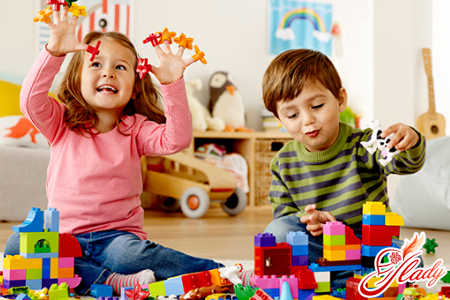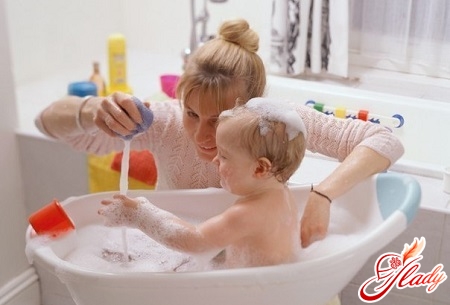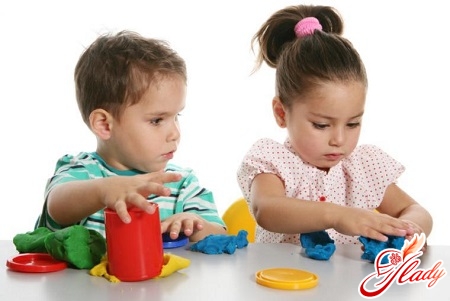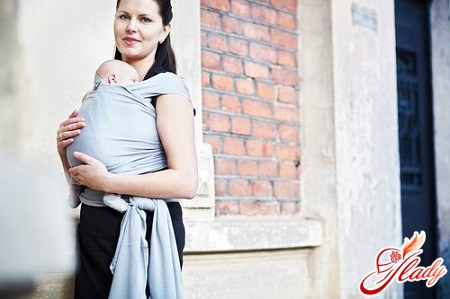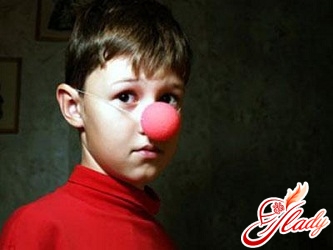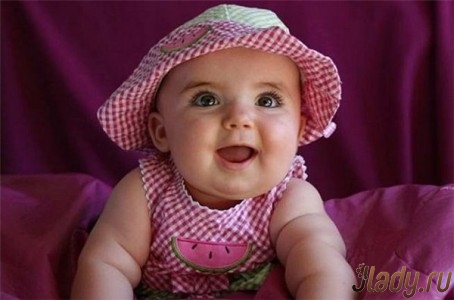 Our children demonstrate unique abilities already in infancy. Don't believe it? The latest discoveries of scientists will convince you of this.
Our children demonstrate unique abilities already in infancy. Don't believe it? The latest discoveries of scientists will convince you of this.
The child uses all his senses to understand the world around him
At the age of 1 month, the child already distinguishes manycolors: his attention is especially attracted by bright colors, with their help he navigates the world around him. Hands and mouth for a child are "tactile vision". For example, if you put some object in the hand of a 2-month-old baby so that he does not see it, he is then able to recognize it when he sees it. The areas of the brain responsible for vision and tactile sensations develop in close interaction with each other. Touch provides information about the shape of objects, their size, volume, relief... From the moment when a child can take an object in his hands (this usually happens at the age of about 5 months), he pulls it into his mouth in order to better understand and study it in detail.
The child has a high level of emotional development
From birth, the child has increasedemotional sensitivity. Experiments have shown that infants aged two days start crying significantly more often in response to real crying, rather than to its imitation. First of all, they react to the crying of infants aged several days and less - to the crying of babies aged several months. They become quiet when they are allowed to listen to their own crying, and do not react at all to the cry of a baby chimpanzee.
The memory of the child begins to work from the first months of life
Experiment conducted by Caroline Rowe - Collierfrom the University of New Jersey, clearly demonstrates the ability of infants to learn: if you tie a ribbon to the baby's leg, and a small car to the other end of the ribbon, the child quickly understands the connection between the movements of the leg and the movement of the car. In a maximum of nine minutes, he begins to deliberately move the car, moving his leg. Moreover, he remembers this experience: a 2-month-old baby will remember it for 24 hours, a 3-month-old - for a week, a 6-month-old - for two weeks. But if you show the child another car, he will not react to it in any way.
The child can count
 At 4 months of age, babies can produceoperations of addition (1+1=2) and subtraction (1 - 1=0). They understand what it means to add or subtract an object. At about 6 months of age, babies understand that 2+1=3, and 2+2=4. Incredible, isn't it?
At 4 months of age, babies can produceoperations of addition (1+1=2) and subtraction (1 - 1=0). They understand what it means to add or subtract an object. At about 6 months of age, babies understand that 2+1=3, and 2+2=4. Incredible, isn't it?
The child is an expert in physics
Starting from two and a half months the childunderstands that an object will not turn into something else if you put it behind a screen and then take it out again. Babies are very surprised if we take another object out from behind a screen (we understand this because the child focuses his attention longer on the object or situation that puzzles him). Children also understand that an object moves along a certain trajectory. When your baby is 5-6 months old, conduct the following experiment: roll a small car in front of the child, making it disappear under the bed and then reappear. Success is guaranteed! The child enthusiastically watches this movement again and again. He understands that the car continues to follow its trajectory. This phenomenon interests both boys and girls, because such a game develops the child's understanding of the laws of physics. At the age of 1 year, a child does not yet know how to play with a ball, but already understands that an inanimate object cannot move on its own: to set it in motion, you need to apply force to it.
The child knows that the object continues to exist, even if he does not see it
The work of French researchers has shown thatA baby begins to understand the phenomenon of object permanence in space from 4-5 months. For example, you squeeze a candy in your palm, then hide your hand under a napkin, and when you take your hand out, your palm is empty. The baby continues to look for the candy in your hand, not understanding where else it could have gone. This does not mean that he thinks that the candy is no longer there. On the contrary, he is looking for it! He already knows that the candy exists, but where? Riddle - To help the child understand what happened, he needs to be demonstrated how you unclenched your palm under the napkin and the candy remained there. Only by 8-9 months will the baby lift the napkin during this experiment to find the object hidden under it - he will know that the candy should be there. Likewise, if you give a baby a present before 8 months, he will be more interested in the wrapping paper and ribbon than in the contents. That is, in his mind, a “present” is something he sees, until he has mastered the concept of “disappearance.” He does not yet understand what happens when we cover an object and it disappears from his sight. He cannot understand that an object, in this case his present, is hidden inside the package.
The child learns to correct his mistakes
 The development of thinking is based equally onsuccesses and mistakes. If you put two pillows on the sofa and hide your 8-month-old baby's toy behind one of them, he will go after it in the right direction. Do this several times, and each time the child will get his toy from behind the same pillow. Then, in front of the baby, hide the toy behind the second pillow. Your baby will look for it behind the first. Only at the age of 1 year will he understand that the toy is behind the second pillow. Why can't he adapt to a new situation? Because he acts according to the principle of continuity. Only at the age of 12-18 months does a child's thinking become flexible enough to understand a changing situation and adapt his actions to it.
The development of thinking is based equally onsuccesses and mistakes. If you put two pillows on the sofa and hide your 8-month-old baby's toy behind one of them, he will go after it in the right direction. Do this several times, and each time the child will get his toy from behind the same pillow. Then, in front of the baby, hide the toy behind the second pillow. Your baby will look for it behind the first. Only at the age of 1 year will he understand that the toy is behind the second pillow. Why can't he adapt to a new situation? Because he acts according to the principle of continuity. Only at the age of 12-18 months does a child's thinking become flexible enough to understand a changing situation and adapt his actions to it.
The child himself creates his own vocabulary
American psychologists have noticed that at ageFrom one to one and a half years, among the many words “mama” and “dada,” children also pronounce “gone,” “no more,” and “there.” These new words appear within 10 days of the moment when children begin to understand the phenomenon of disappearance. Children know that they only need to lift a napkin to find a bunch of keys hidden underneath. They solve this riddle and thus master the concept of disappearance. When they turn the page of a book and the horse drawn on the previous page is no longer visible, they say: “Gone.” When all the water has been drained from the bathtub, they say: “No more.” When dad leaves and closes the door behind him, they say: “There.” When they throw a toy out of the playpen, they say: “No more.” In short, they form their own idea of the word “go.” Children begin to understand the meaning of words by associating them with sounds, tastes, images, smells, sensations, stories, and their own experiences.




